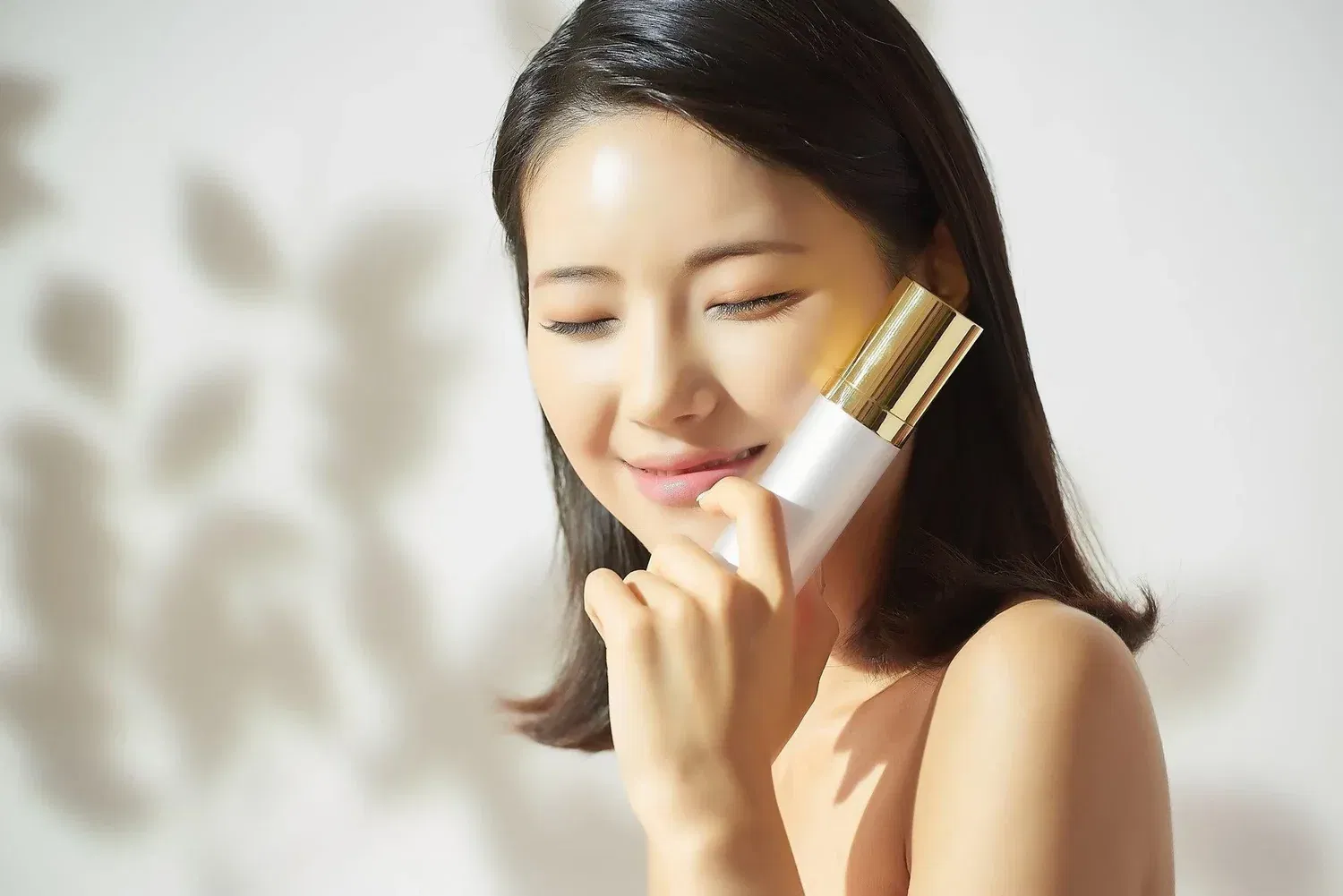Master the art of Korean and Japanese skin care routine in 2025. Explore expert tips and routines to elevate your beauty regimen and achieve glowing skin.
Korean and Japanese skin care routine has achieved significant international acclaim; they are lauded for their careful steps, soothing ingredients and a steadfast dedication to enduring skin health. However, although both approaches emphasize hydration, nourishment and protection, they embody different philosophies and practices, which makes them truly distinctive. This examination of these dual skincare traditions will uncover methods you can integrate into your beauty regimen today (because grasping their foundational principles is crucial).

Korean Skin Care Philosophy
Korean skincare (which has experienced a remarkable surge in popularity) emphasizes *prevention* and hydration: this approach underscores the importance of attaining a dewy, glass-like complexion. The regimen is generally multi-step (consisting of various lightweight layers) intended to nourish the skin effectively. Natural ingredients—like green tea, snail mucin and ginseng—are often employed to boost hydration and promote youthful skin. However, some individuals might feel overwhelmed by the sheer number of steps; this can discourage them from fully participating in the process. Although the benefits are substantial, many still struggle with consistency because of the inherent complexity involved.
Japanese Skin Care Philosophy
Japanese skin care (however) emphasizes simplicity and purification as its fundamental principles. The objective is to obtain clear, radiant and mochi-like (soft and plump) skin. Typically, Japanese beauty products contain ingredients such as rice bran, seaweed and fermented extracts (which work to gently brighten and restore the skin's natural balance). This approach sharply contrasts with more complex regimes. Although many individuals chase elaborate solutions, the essence of Japanese skin care routine(lies in its minimalist philosophy). Because of this, numerous people discover that a less complicated method often produces superior results.
The Korean 10-Step Skin Care Routine
The oil cleanser effectively removes makeup and excess sebum; however, the water-based cleanser profoundly purifies the skin to eliminate any residual impurities. Exfoliation (conducted about two to three times a week) is essential because it removes dead skin cells and enhances overall texture. Toner plays a crucial role in preparing the skin for better absorption of subsequent products, while essence hydrates and promotes skin renewal. Serums (or ampoules) are specifically formulated to address a variety of concerns: acne, wrinkles and pigmentation. However, although sheet masks are not required, using them a few times each week can offer considerable hydration and nourishment. Eye cream is designed to diminish fine lines and dark circles; this is significant, but a high-quality moisturizer efficiently locks in moisture and establishes a protective barrier.
The Japanese 5-Step Skin Care Routine
Double cleansing involves using an oil cleanser first, followed by a foam cleanser, to thoroughly remove impurities. A lotion (regardless of whether it acts as a softener or toner) functions to hydrate and prepare the skin for subsequent treatments. An essence or serum delivers active ingredients (which are essential) to address various skin concerns. However, an emulsion or cream seals in moisture, ensuring that the skin maintains a lightweight feel. Sunscreen (relevant only during the day) is an indispensable daily element, because it offers protection against harmful UV rays.
Choosing the Right Routine for Your Skin
For those individuals who value a meticulous and comprehensive approach, the Korean skin care routine is particularly well-suited to their preferences. However, if a more minimalist (albeit effective) routine is what you seek, the Japanese method may meet your needs. You might also contemplate blending elements from both traditions, as this can depend on your unique skin type and concerns. Must-try ingredients from Korean & Japanese skin care routine encompass Korean beauty favorites: snail mucin, centella asiatica, ginseng and propolis, while Japanese beauty staples include rice extract, seaweed, sake ferment and camellia oil. Although these ingredients are frequently lauded, this does not guarantee their efficacy for everyone, because individual reactions can vary significantly.
Final Thoughts
Both Korean and Japanese skin care routine emphasize consistency and quality instead of quick fixes. Whether you choose the multi-layered K-beauty method or the streamlined (yet efficient) J-beauty approach, your skin will undoubtedly benefit from this level of care and commitment. However, it is essential to acknowledge that results can vary, because each individual’s skin possesses its own unique traits. Although some people may prefer more elaborate routines, others might find success with simpler methods. But ultimately, the key lies in identifying what suits you best.
